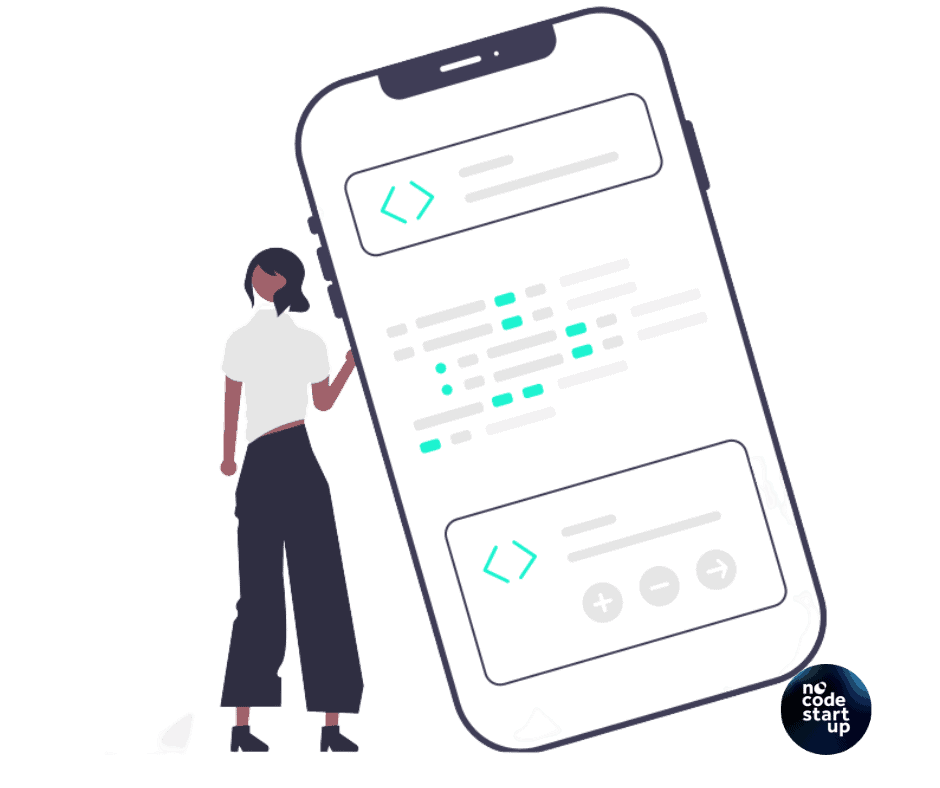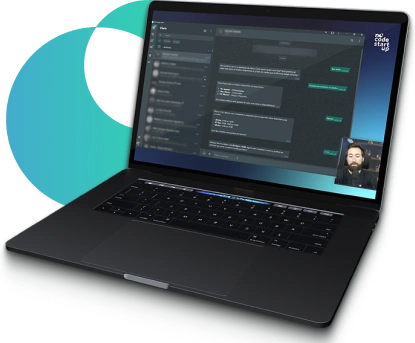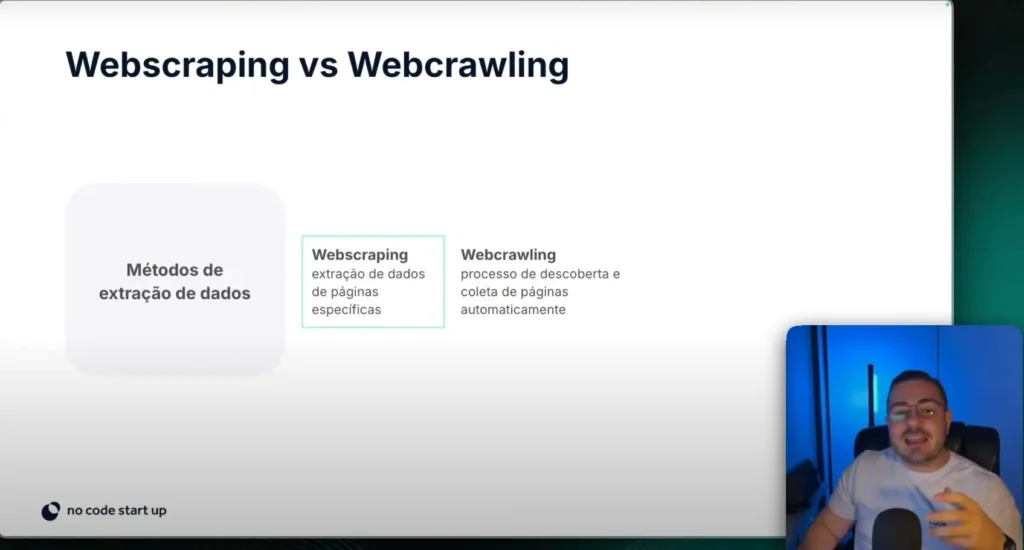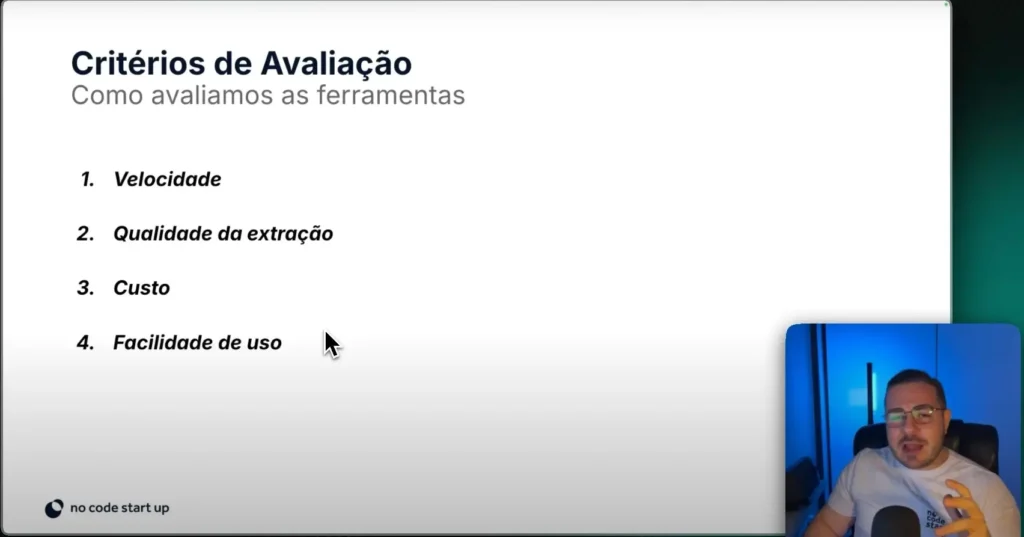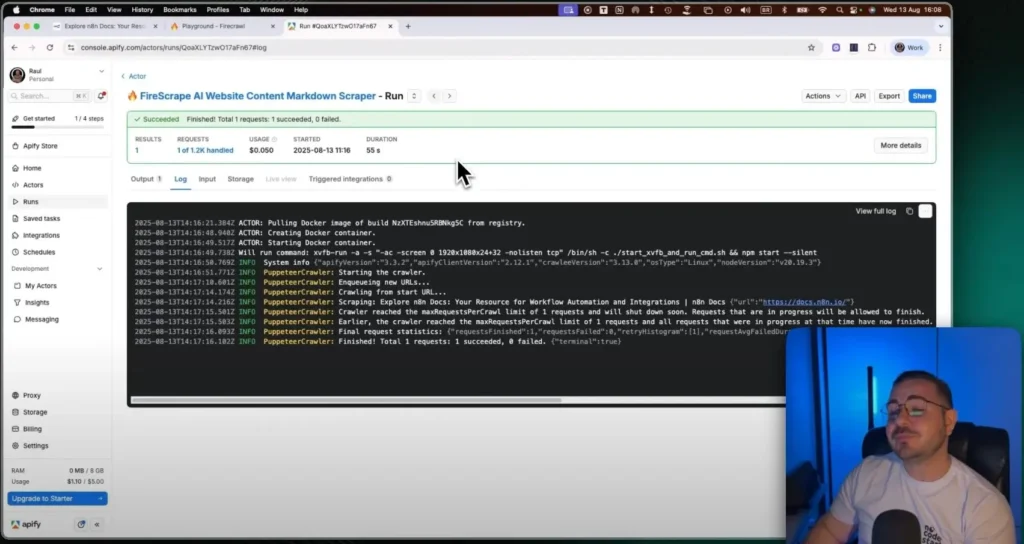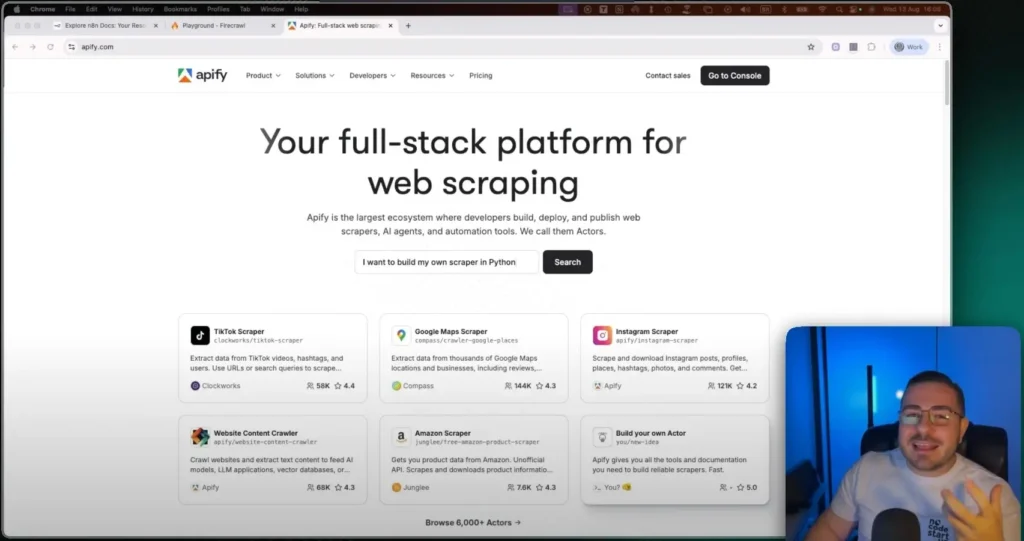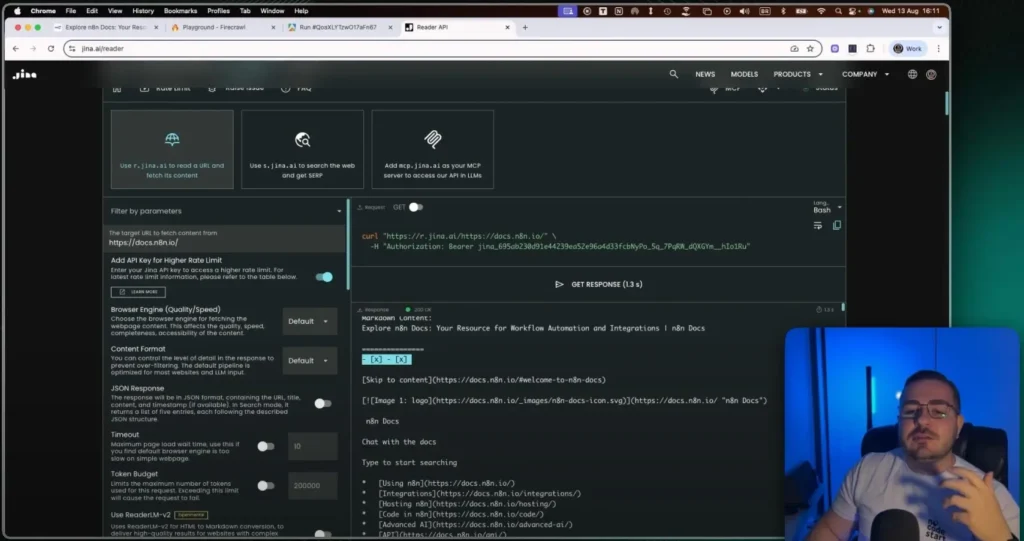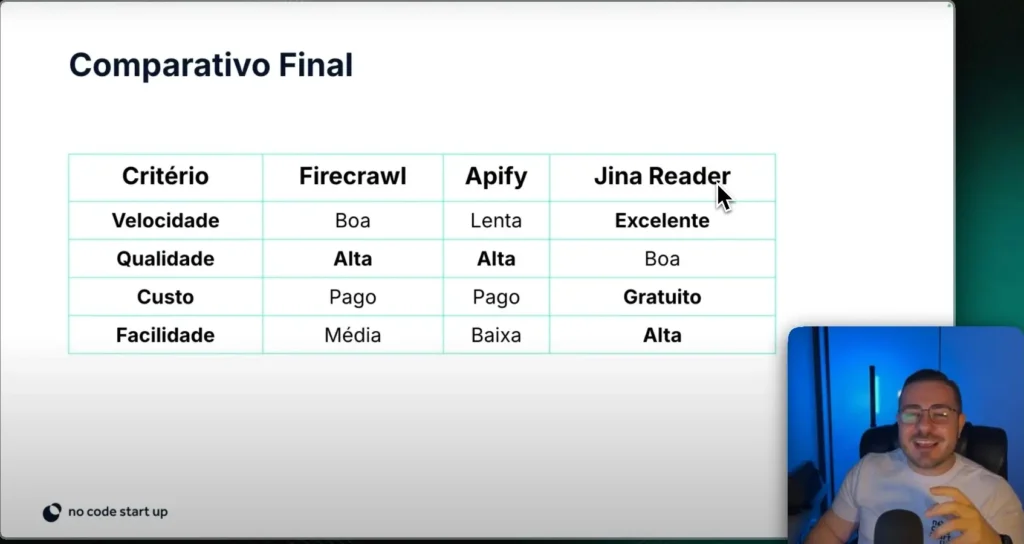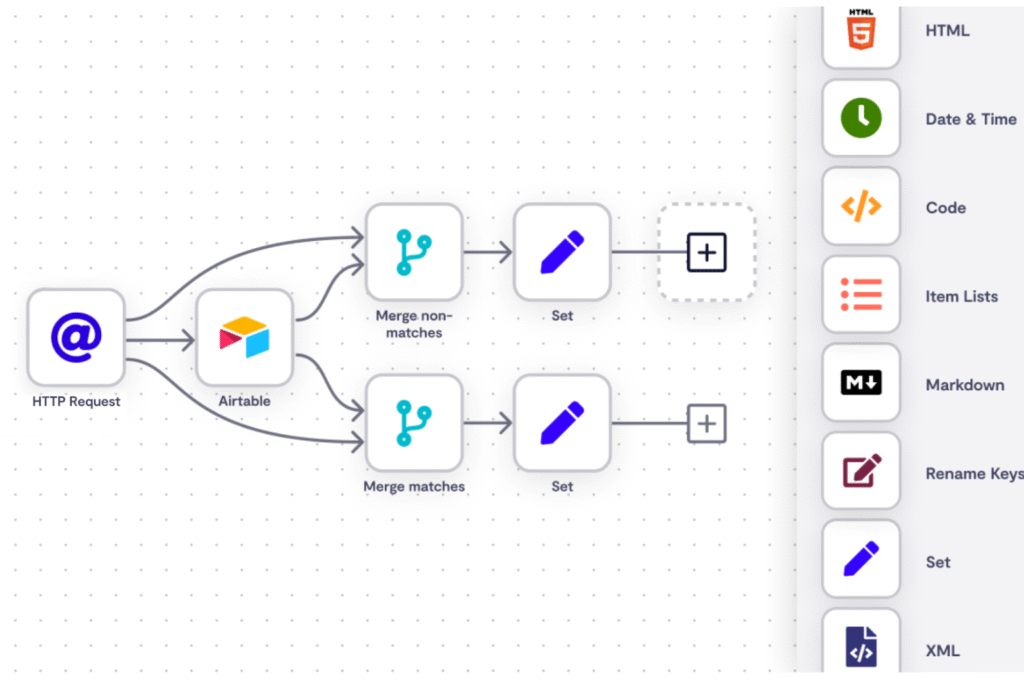Estimated reading time: 7 minutes
Is there only one way to create an application.In fact, this is a much more diverse market than you might think. Also, know that even those who have no experience with programming can create their own app.
And maybe this is new to you, but in this article you will discover that there are several “layers” when it comes to computer programming. apps, websites or other platforms.
If you want to understand a little more about this universe – and even learn how to earn money from it – then this article is ideal to answer all your questions.
Here you will find 4 ways to get how to create an app, whether with or without the use of code, in addition to some important points about this market.

Table of Contents
1. Create an application the “traditional” way
Well, when we talk about create an application., the first thing that comes to mind are the lines of code, right?
And, in fact, programming done in code language is the most traditional in this type of technology.
Have you ever seen a movie where a screen full of indecipherable expressions appears? Well, they are the lines of code!
In fact, developing an application in this way requires a lot of knowledge and experience, something that only market professionals can do.
As you can imagine, it is a fully customizable option, after all, with the lines of code it is possible to do everything and more when creating the apps.
However, most likely you do not have the know-how to bet on this method (or simply don't want to mess with such complex things anymore). With that in mind, new paths have emerged for those who want to deal with development.
2. Using low-code
O Low-Code is one of those paths, where you will get create an application. without needing to write lines and lines of code.
The translation of Low-Code already says a lot about this alternative, as it means “little code”. That is, you will use code language, however, in a very reduced way.
And how is that possible? There are tools that optimize the creation process. Instead of developing a line of code for a certain button, you can use already prepared structures.
This will save you a lot of time, in addition to reducing the chances of bugs and things like that.
Yes, there is still a need for prior programming knowledge to create an application. in low-code.
It is a type of programming that still brings many possibilities, but in a more optimized way than the traditional way of developing.
3. Using no-code
Over time, this type of technology has evolved and, today, we can count on the no-code, which is development WITHOUT code.
Despite seeming like something from another world, applications developed without a single line of code are already a reality in our corporate (and even personal) daily lives.
And how does it happen? no-code can be seen as one more abstraction layer after low-code, where you can develop your application through a visual interface.
In many cases you will only need to move blocks of actions around to develop the workflow you want.
4. Using ready-made templates
Within no-code you will find a lot of ready-made stuff, including templates. They are an already structured base for your application, where you can take several ideas to build your own apps.
It's like the design it was already basically ready, already giving you a very good idea of the user experience when using what you developed.
It is an aspect of no-code that any type of person can work on and get good results.
What are the benefits of no code
when we talk about create an application. the no-code option deserves more detail, as it was indeed a major revolution in the development world.
If you think it's something recent, you're very wrong, as it's something that has been developed since the end of the 90's. It took years and years of studies, codes and many professionals involved to arrive at the no-code tools that we have today.
And why is this so important? This brings many benefits to companies, in addition to bringing many possibilities to any type of person. Understand a little more about the benefits of no-code:
Democratization
It is very important to talk about how no-code democratized the create an application.What used to be done only by professionals who could sing (write in code language) can now be done by anyone.
The universe of programming has a lot of demand, whether inside or outside the country, and it is very interesting that this becomes more accessible to the population.
And we're not always talking about apps for corporate purposes, it can be something that helps you in your day to day.
Agility
The agility when creating these applications is tremendous, as a large part of their structure is already ready. In addition, the chances of errors appearing at the time of development are lower, causing less rework.
Economy
Obviously, great programmers charge a considerable amount for their jobs, however, if something is simpler and can be developed by no-code, even a company employee can develop it.
The cost reduction is considerable, bringing benefits to the company. Even those that already have an IT department can request applications for other employees, if the IT department already has more complex demands.
Efficiency
As the no-code makes it possible for anyone to be able to develop an application, then the people who are in the operation themselves can be part of this process.
And what is the benefit of it? Nobody knows more about the bottlenecks of an operation than those who are actually part of it.
Therefore, developing an application knowing the main details that improve the workflow is a great differential.
That's why the no-code ends up becoming extremely efficient, even when the app It is not developed by professionals.
when you discover what is needed to create an application, sees that the way he was created matters much less than it seems.
The tools in the code for this type of creation are diverse, some examples are Bubble, FlutterFlow, AppGyver, among others.
Meet our free bubble course and start today to develop apps without knowing how to program.
What are the ways to create an application?
1. The traditional way, using code
2. Using low-code tools
3. Using no-code tools
4. Using ready-made templates
What are the benefits of no code?
1. Democratization
2. Agility
3. Economy
4. Efficiency
